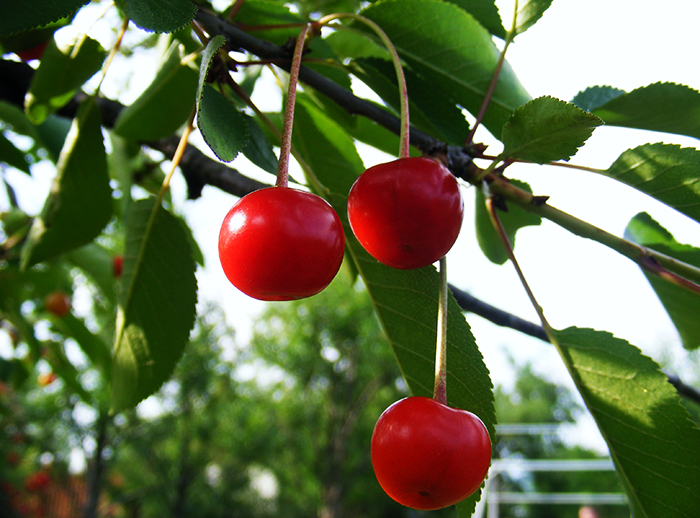2,500 underperforming cherry trees cut down at WSU orchard
June 7, 2017
WSU cherry orchards at Prosser are thinning in an effort to discover new cherry varieties.
Cameron Peace, WSU associate professor and interim director of WSU’s sweet cherry breeding program, said since February, 2,500 trees are set to be torn down in order to streamline the breeding process.
“It’s very much focused on developing superior, new varieties, cultivars as they’re called, for the Pacific Northwest industry,” Peace said.
The number of trees discarded this year was about double the normal rate because the program has been without a lead breeder, Peace said. A new breeder will be hired no later than the end of the year.
Based at the WSU Irrigated Agriculture Research and Extension Center in Prosser, the sweet cherry breeding program started in 1959. However, due to years of dormancy, Peace said the program in its current form has only been around since 2004.
“My core program,” Peace said, “is particularly about delivering DNA information for breeding programs.”
A major part of the program is to gather and collect DNA. Peace said thousands of seedlings get tested and 50 percent or more get thrown away.
“The way most people normally think of DNA testing is on the seedlings … if it has this outcome on the DNA test, we don’t want those seedlings, we throw them away,” he said, “and if it has this outcome … they’ve got better potential to become a new cultivar.”
The program has also been increasing its DNA gathering efforts because information on the parent trees being crossbred allow the breeders to make the best crosses available to them, Peace said.
The program is made up of three main phases. Each phase has its own guidelines and grades for what trees qualify to be cross-bred based on their rate of growth, disease resistance, and fullness and tastiness of the tree’s cherries, Peace said. Only one percent of all seedlings survive through phase three, due to the constant evaluation from the DNA testing as well as evaluations by the breeders based on six market classes the program breeds for.
The market classes that carry the most weight in grading include the size and taste of the cherries the tree grows, and the tree’s resistance to the fungus of powdery-mildew, Peace said.
The program is trying to improve upon the existing cultivars of Chelan, whose cherries run small in size, and Sweetheart, whose cherries are susceptible to powdery mildew, according to a May 15 article from Good Fruit Grower magazine.

Cameron Peace, interim director of WSU’s sweet cherry breeding program, talks about the cherry tree season, growing the trees and how they are bred May 30 in Johnson Hall.
“It’s extremely hard, I would even say impossible, to get everything into a perfect cherry,” Peace said. “Any breeding program for any crop is to just continually make changes, to make improvements.”
The 2,500 trees are part of the breeding program’s continued cycle, as most seedlings are discarded within three years of being bred for the program due to land and budget constraints. The program receives the bulk of its funding from the Washington Tree Fruit Research Commission and the Oregon Sweet Cherry Commission.
The move was also to continue to assist in streamlining the program’s resources for the new lead breeder, Peace said.










